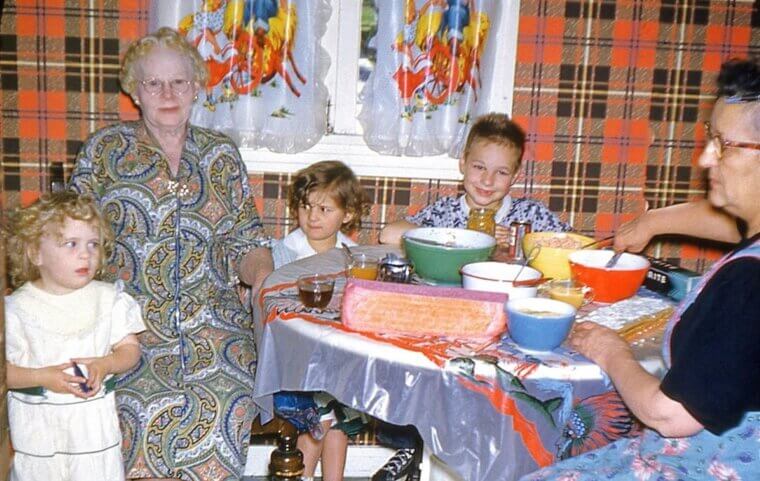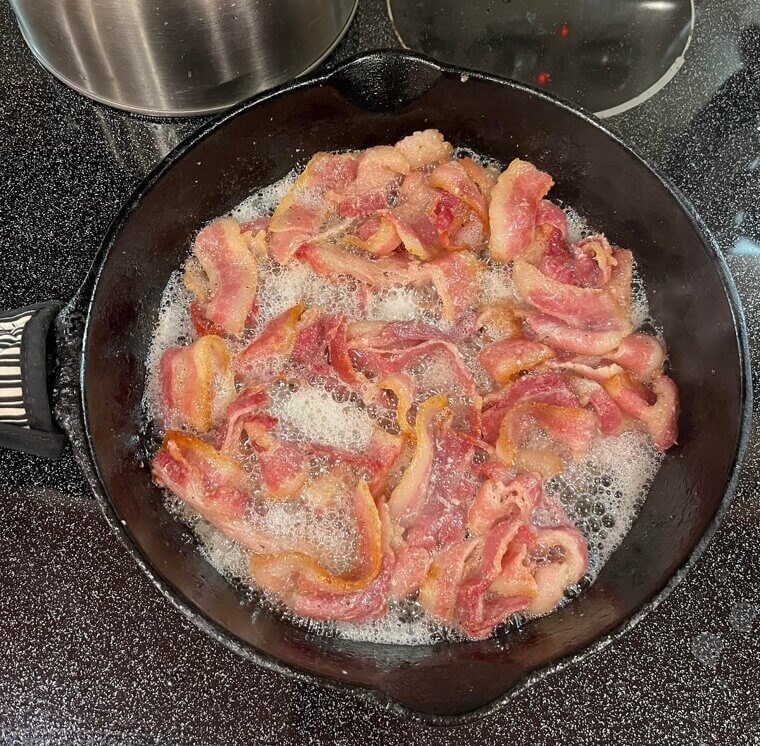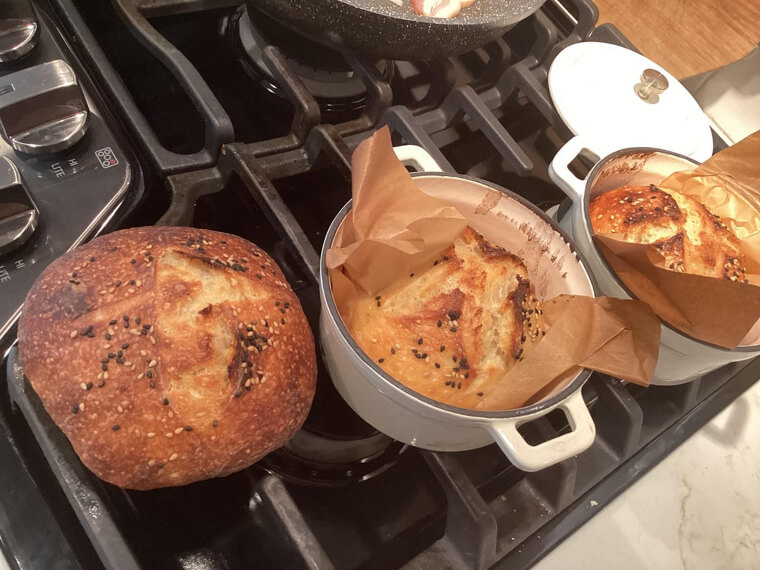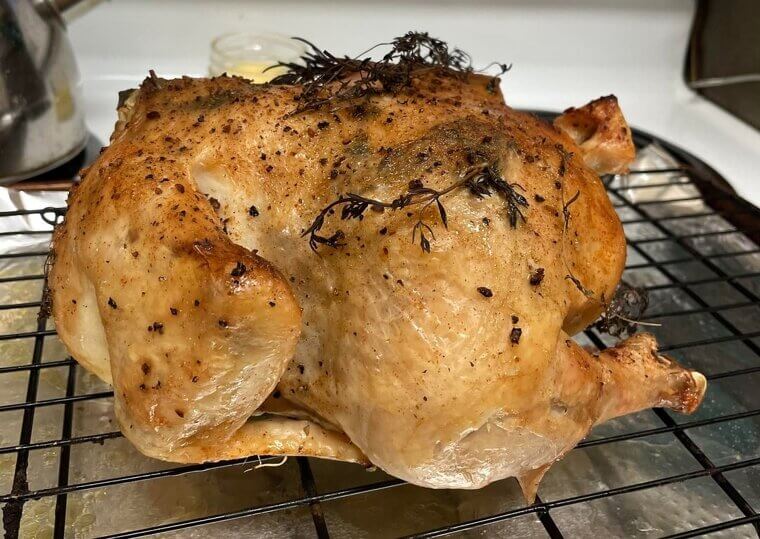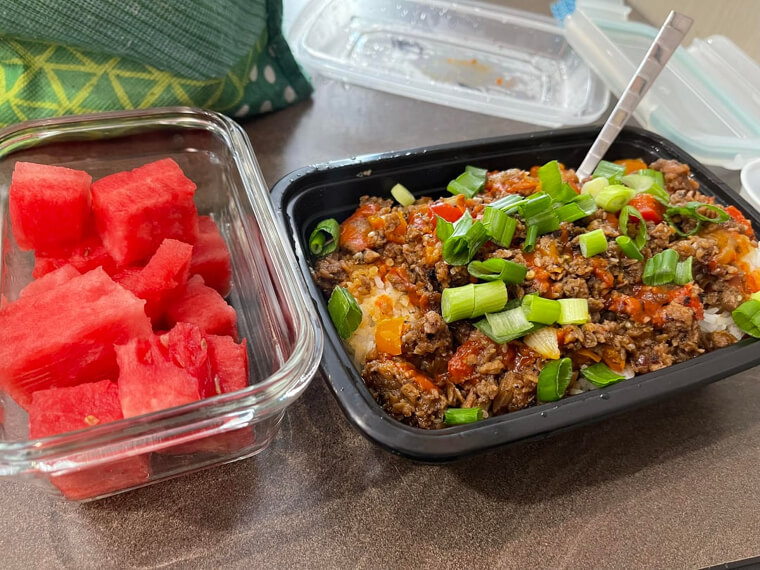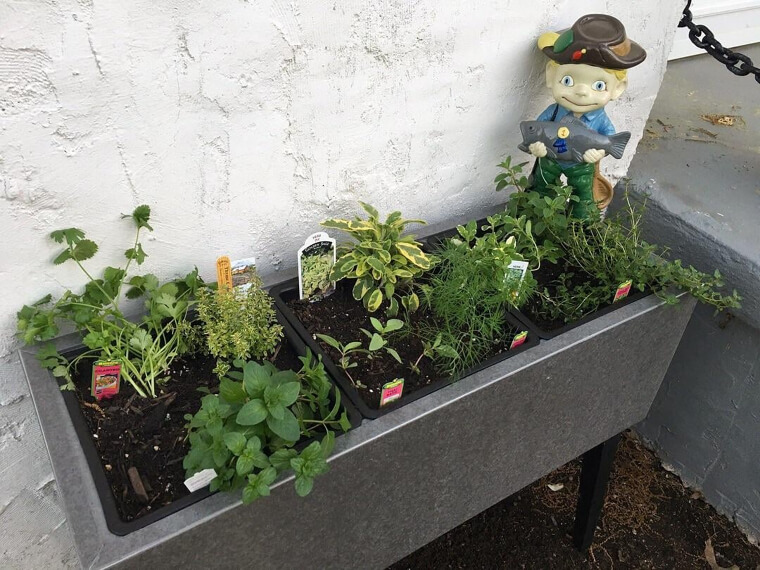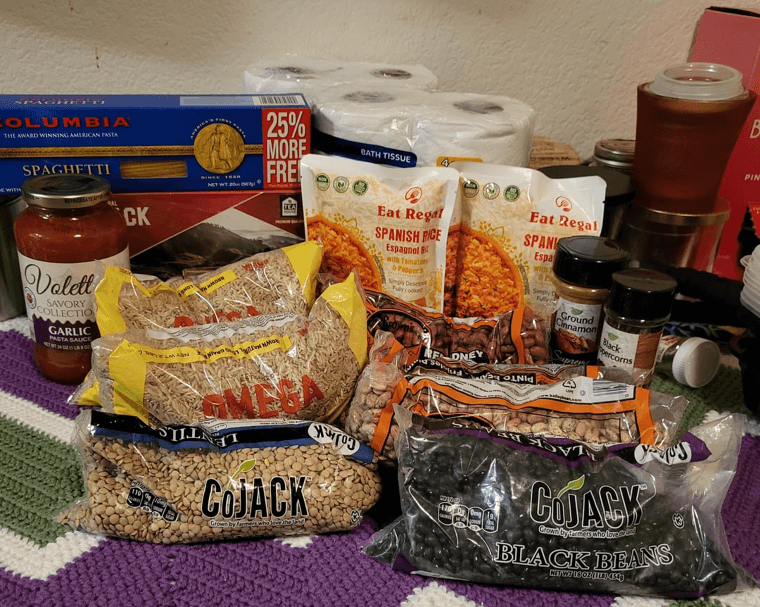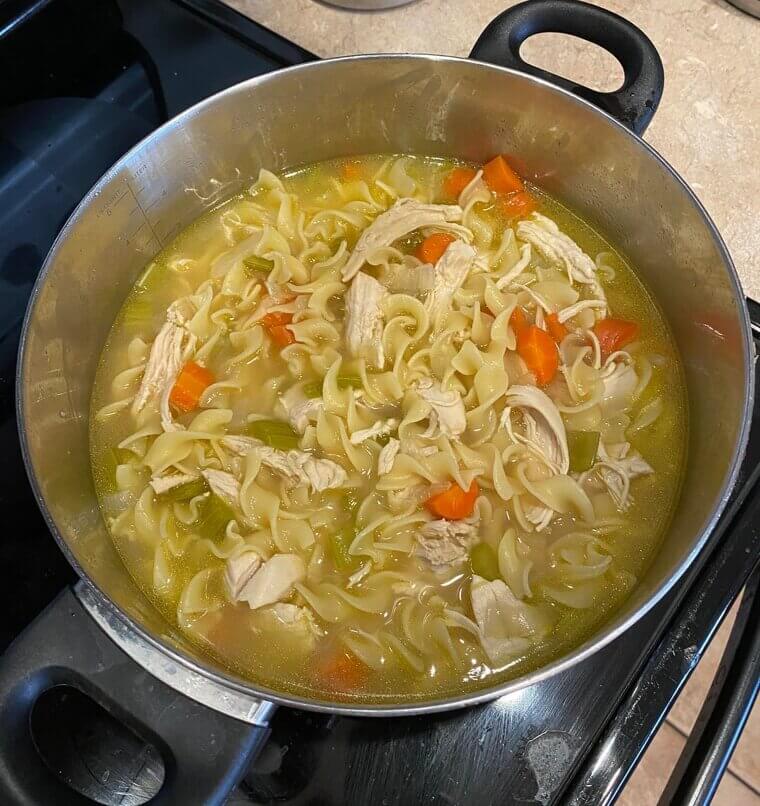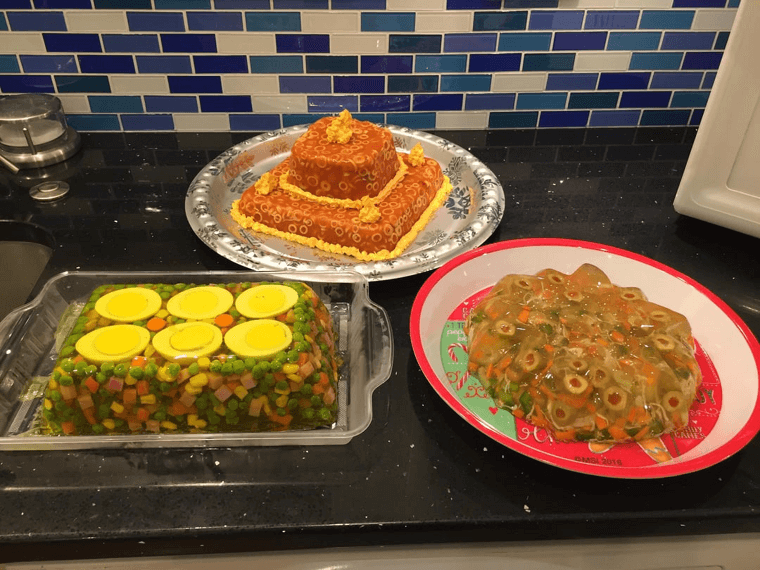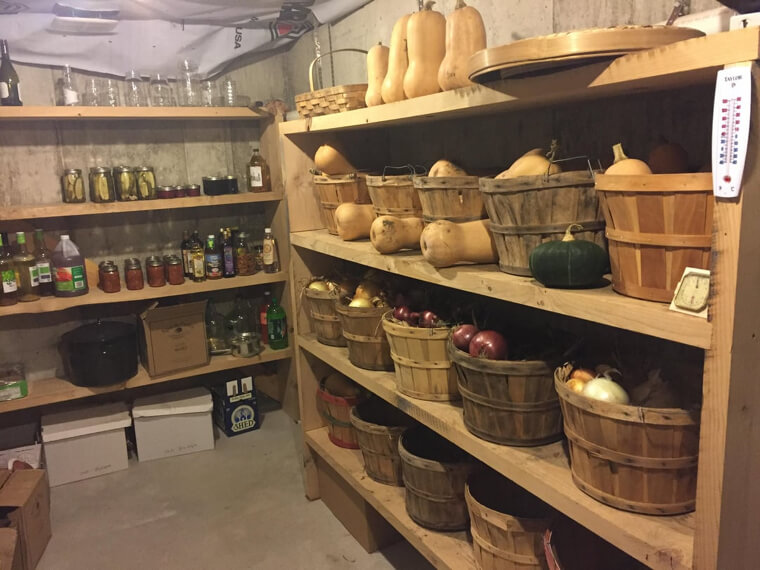Smart Kitchen Habits From the Past Worth Bringing Back
Long before coupon apps and bulk warehouse stores, families stretched every penny in the kitchen with creativity and common sense. These habits, passed down through generations, helped households save money while making the most of what they had. Many of these vintage practices still hold up today and can inspire us to waste less and save more.
Saving Bacon Grease for Cooking
Instead of tossing it, families saved bacon grease in jars and used it to flavor vegetables, fry eggs, or season beans. This simple habit replaced butter or oil, stretching grocery budgets while adding rich flavor. It was a clever way to reuse what was already on hand without waste.
Cooking From Scratch
Ready-made meals were rare, so cooking from scratch was the norm. Homemade breads, soups, and pies stretched ingredients further and cost less than buying prepared versions. Families turned flour, beans, and seasonal produce into filling meals, showing that a little extra effort in the kitchen could save plenty of money.
Using Every Part of the Chicken
Nothing went to waste when a chicken was on the menu. Families roasted it for dinner, saved leftovers for sandwiches, and boiled the bones for soup stock. Even the fat was sometimes rendered for cooking. This resourceful approach meant one bird could stretch across multiple meals, maximizing both nutrition and savings.
Canning and Preserving Produce
Home canning was a way to keep fruits and vegetables available year-round. Families bought produce in bulk when it was cheap or grew their own, then preserved it in jars. Jellies, pickles, and canned vegetables lined pantry shelves, ensuring nothing spoiled and making grocery budgets last longer through winter.
Baking Day for the Whole Week
Instead of buying bread daily, many households set aside one day a week for baking. Loaves, rolls, and biscuits were made in batches, saving both time and money. It reduced trips to the store, cut costs, and filled the home with food that lasted all week without much extra expense.
Turning Leftovers Into New Meals
Yesterday’s roast became today’s stew, and leftover vegetables ended up in casseroles or soups. Nothing was wasted because leftovers were seen as the starting point for something new. This habit made food stretch further, saved money, and encouraged creativity in the kitchen while ensuring no scraps went unused.
Growing a Backyard Garden
Backyard gardens provided fresh vegetables and herbs at a fraction of store costs. Tomatoes, beans, carrots, and potatoes were staples in many yards. Retirees and families alike relied on gardens to stretch their dollars, with extra produce often canned or shared with neighbors, keeping grocery bills low all year.
Using Cloth Instead of Paper
Paper towels and napkins were luxuries in many households. Families used washable cloths and towels for cleaning and meals, saving money on disposables. It was practical, eco-friendly before the term existed, and a habit that made household budgets stretch further. Today, the same idea still saves money and waste.
Buying in Bulk
When money was tight, buying flour, sugar, rice, and beans in bulk was standard practice. Families stored staples in tins or jars to last for weeks or months. Bulk buying reduced costs per pound and cut down on store trips, which helped stretch every dollar and keep pantries stocked.
Making Broth From Scraps
Vegetable peels, bones, and meat trimmings were boiled into hearty broths. Nothing went unused, and the resulting stock became the base for soups, gravies, or casseroles. It was a simple way to stretch ingredients further, reduce waste, and add flavor without spending extra on store-bought soup bases or seasonings.
Reusing Glass Jars
Pickle and jelly jars were never tossed out. They were washed, saved, and reused for storage, canning, or even drinking glasses. This practice reduced the need to buy extra containers and added a practical touch to the kitchen. Reusing jars helped families save money while keeping waste to a minimum.
Stretching Meat With Filler
Ground beef or pork was often mixed with oats, breadcrumbs, or beans to stretch portions further. Meatloaf, casseroles, and stews became hearty meals that cost less per serving. This habit kept families full while reducing how much meat was needed, making it a cost-effective way to feed a household.
Trading and Sharing With Neighbors
Neighbors often swapped produce, baked goods, or preserved foods. One family might share extra apples, while another gave away fresh bread. This community habit kept costs down and variety up in home kitchens. Sharing resources helped families stretch their food dollars while building stronger bonds in their neighborhoods.
Making Desserts Simple
Instead of elaborate desserts, families often relied on simple recipes like rice pudding, fruit cobbler, or bread pudding. These dishes used leftover rice, stale bread, or seasonal fruit, making treats affordable without waste. Sweet but frugal, they proved you did not need expensive ingredients to create something comforting and delicious.
Using a Root Cellar
Before refrigerators were common, root cellars kept potatoes, carrots, onions, and apples fresh for months. Storing produce in a cool, dark place reduced spoilage and cut down on grocery runs. This vintage habit saved households a great deal of money and ensured food lasted much longer without modern appliances.

